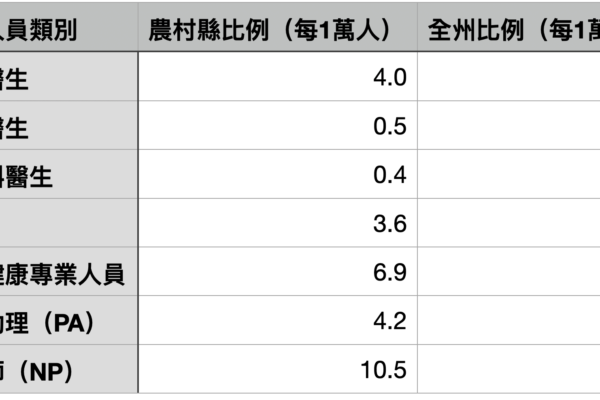New York State Comptroller Thomas DiNapoli released a recent audit report on August 7, revealing the increasingly severe shortage of medical resources in 16 rural counties across the state. The shortage covers various fields such as primary care, pediatrics, obstetrics and gynecology, dentistry, and mental health. Experts warn that the reduction in federal medical aid funds may further impact the already fragile rural healthcare system.
The report indicates that on average, there are only 4 primary care physicians per 10,000 people in the 16 rural counties, which is less than half of the state average (8.1) and significantly lower than the national average (8.4). In some areas, this ratio drops to as low as 0.12 physicians per 10,000 people. The average number of pediatricians is 0.5 (state average 2.8), with counties like Chenango, Schuyler, and Yates not having any pediatricians at all. The average number of obstetrician-gynecologists is 0.4 (requiring around 23,000 people for one doctor), and there are even four counties without any relevant physicians.
In terms of dentistry, there are only 3.6 dentists per 10,000 people on average in rural counties, lower than the state average of 8.3, with Hamilton County having no dentists at all. Mental health professionals average only 6.9 per 10,000 people, less than half of the state ratio (16.1 people), with all rural counties classified as areas with a shortage of mental health resources. Physician assistants (PA) and nurse practitioners (NP) are also significantly lacking.
The report highlights that population loss, aging demographics, reduced workforce, vast geographical distances, and limited public transportation require rural residents to travel long distances for medical care. The comptroller recommends measures such as mobile clinics, campus health centers, expanding telemedicine and transportation services, as well as attracting healthcare professionals through loan forgiveness and subsidies, and even establishing four-year SUNY (State University of New York) branch campus programs at community colleges to cultivate local healthcare professionals.
Although the federal “One Big Beautiful Bill” (OBBB) will invest $50 billion for rural hospital transformation projects from 2026 to 2030, it may not benefit New York. The American Hospital Association has warned that the law will cut $1.125 billion in medical aid (Medicaid, commonly known as the white card) funding for rural hospitals in New York over 10 years, reduce the coverage of the white card and Essential Plan, and limit the loan amounts for medical students, potentially undermining the incentive for new doctors to work in rural areas.
According to research from The Hill, more than a third of rural hospitals in New York are at immediate risk of closure. Since 2015, three rural hospitals have already closed, and between 2023 and 2024, 62% of rural hospitals reported financial losses, struggling to sustain operations even with medical aid subsidies.
Experts warn that without timely intervention and adequate funding, healthcare services in rural areas of New York State may face irreversible collapse in the coming years.

